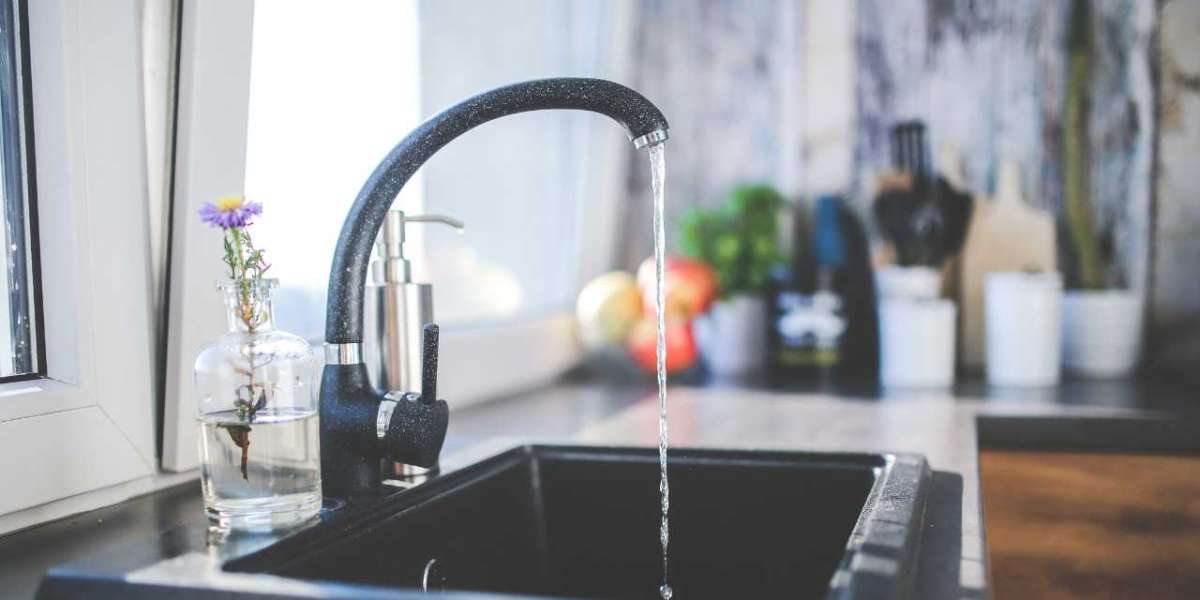Low water pressure is more than an inconvenience. It affects showers, dishwashing, laundry, and everyday comfort. For homeowners in Phoenix and across California, this issue is common, especially in older homes or neighborhoods with aging infrastructure.
Many search online for solutions with questions like: "How do I get my water pressure back?" Whether it's a sudden drop or a long-standing issue, fixing it requires identifying the cause and acting quickly. If you’ve also noticed brown water in house pipes, this may indicate deeper plumbing problems.
In this post, we’ll explore the most common causes of low water pressure, how to fix them, and when to call cheap plumbers Phoenix for reliable, affordable help.
Why Does Water Pressure Drop?
Before fixing the issue, you need to understand what’s behind the pressure loss. Here are some common causes:
1. Clogged Pipes or Faucets
Mineral buildup and debris often collect inside pipes over time, restricting water flow. Homes in hard water areas—like Fresno and Bakersfield—are especially prone to this.
2. Pressure Reducing Valve (PRV) Issues
A faulty or incorrectly set PRV can cause water to trickle instead of flow. Many California homes, particularly in hilly areas like San Diego or Oakland, rely on PRVs to manage high municipal pressure. When they fail, pressure drops.
3. Corroded or Old Pipes
Older homes, especially those built before the 1980s, often use galvanized pipes. These corrode inside, causing both low pressure and brown water in house plumbing.
4. Hidden Leaks
A small leak can reduce household pressure significantly. It also increases your water bill and causes hidden damage. Areas like Long Beach and Los Angeles report frequent underground leaks due to aging infrastructure.
5. Municipal Supply Problems
Sometimes, the problem isn’t in your home. If the city’s water supply has a temporary issue or is undergoing maintenance, your pressure can drop without warning.
Cities in California with Frequent Water Pressure Problems
Water pressure issues are widespread across California. Here are cities where problems are more common:
Los Angeles – Due to old city piping and rising water demand.
San Jose – Hilly neighborhoods depend on PRVs, often malfunctioning.
Fresno – Hard water causes mineral buildup, affecting flow.
Sacramento – Older plumbing in downtown homes struggles with consistent pressure.
Oakland – A mix of older homes and hills lead to variable pressure and brown water in house lines.
If you live in one of these cities and are experiencing low water pressure, you’re not alone. These issues are common and fixable.
DIY Fixes to Get Your Water Pressure Back
1. Check the Main Shutoff Valve
Make sure your home’s main valve is fully open. If partially closed, it limits water flow throughout your home.
2. Clean Faucet Aerators and Showerheads
Mineral deposits clog faucet screens. Remove and soak them in vinegar overnight, then scrub and reattach. You might see immediate pressure improvement.
3. Inspect the Pressure Reducing Valve
If your home has a PRV, it may need adjusting. Most PRVs are set between 40–60 PSI. Use a pressure gauge to test and a wrench to adjust if needed.
Tip: If you're unsure how to adjust the PRV safely, it's best to call in cheap plumbers Phoenix for help.
4. Test for Leaks
Shut off all water sources in the home and check your water meter. If the dial moves, you likely have a leak. Even a small leak can drastically reduce pressure and lead to brown water in house lines due to rust or contamination.
5. Flush Your Water Heater
Sediment can collect in the water heater tank, reducing hot water pressure. Flushing the tank once a year helps remove this buildup. Homes in San Bernardino and Riverside with hard water should do this more frequently.
Long-Term Solutions
Replace Old Pipes
If your home has galvanized steel pipes, consider replacing them with copper or PEX piping. It’s an investment, but it restores pressure and improves water quality. Many homes in California are undergoing repiping projects for this reason.
Install a Booster Pump
In multi-story homes or houses on a hill, gravity can reduce pressure. A booster pump can help maintain strong flow across all levels.
Water Softener System
For areas like Phoenix and Bakersfield, installing a softener system reduces mineral buildup, prolongs pipe life, and maintains better water pressure.
When to Call Cheap Plumbers Phoenix
While some fixes are DIY-friendly, others require professional expertise. You should call a licensed plumber if:
You suspect a hidden leak
Your PRV is faulty or needs replacing
You notice recurring brown water in house
Pipe replacement is needed
Your pressure remains low despite DIY efforts
Cheap plumbers Phoenix offer competitive rates, same-day service, and experience with common Arizona and California water issues. Hiring a pro saves time and ensures the issue is correctly diagnosed.
Preventing Future Water Pressure Problems
Preventive maintenance is key. Here’s how to avoid future issues:
Flush your water heater annually
Clean aerators every few months
Schedule yearly plumbing inspections
Replace aging pipes before failure
Test water pressure every 6–12 months
By taking small steps, you can avoid major plumbing headaches down the line.
Final Thoughts
Low water pressure can disrupt your entire day. But the good news is—it’s usually fixable. Whether it’s a blocked faucet, a hidden leak, or old pipes, the solution starts with proper diagnosis.
If you’re dealing with this problem and also seeing signs of brown water in house plumbing, act quickly. Water quality and pressure are often linked.
For reliable and affordable help, consider calling cheap plumbers phoenix. They have the tools, experience, and local knowledge to fix pressure issues and restore full water flow to your home.











